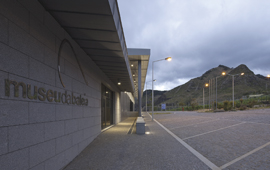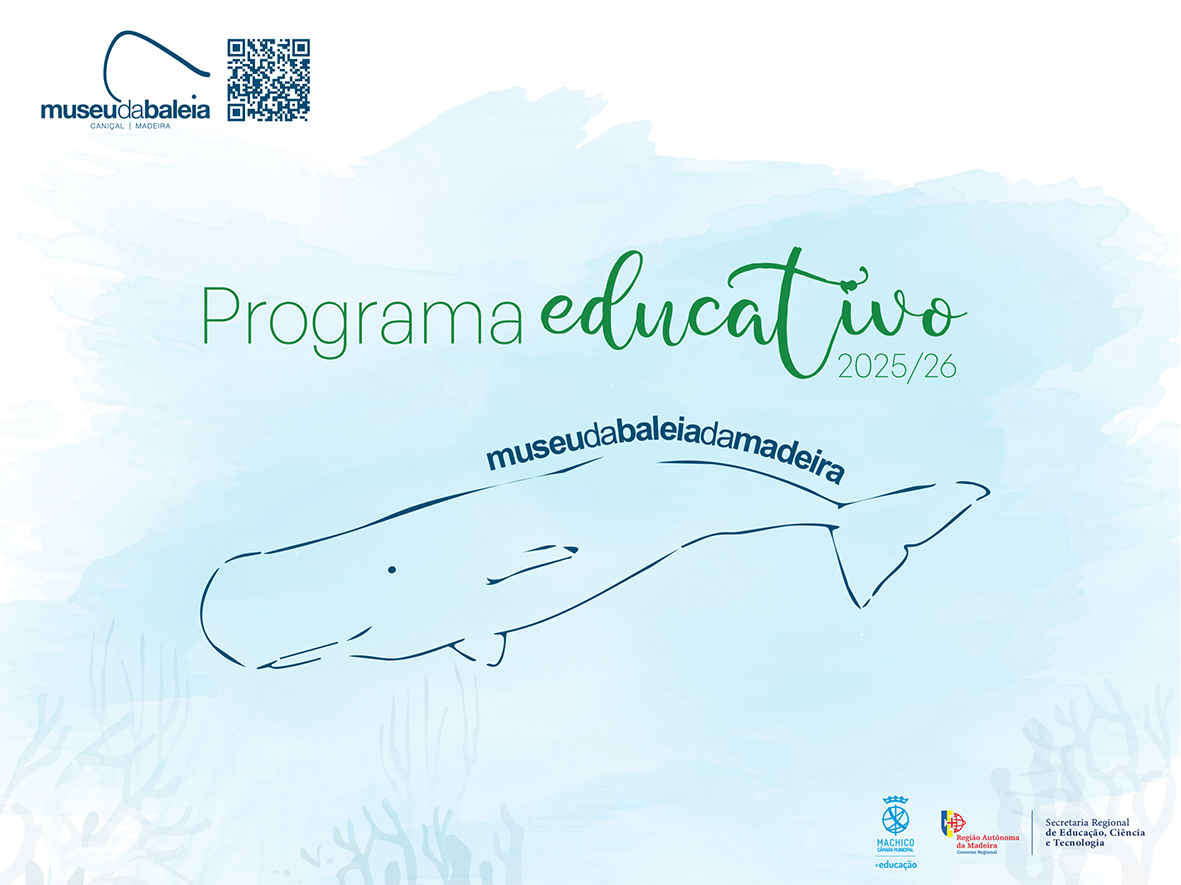- Details
- Published: 09 October 2025

NEWS
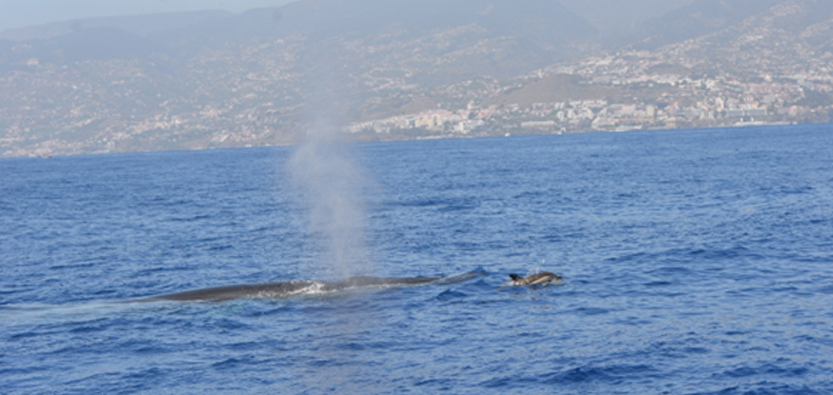
‘Marvel’ aims to monitor the cetacean population (audio)
In January, a new project will begin to assess the status of cetacean populations in Madeira’s waters. The objectives of the project are described by Luís Freitas, biologist and researcher at the Whale Museum.
HOME
PROJECT SUMMARY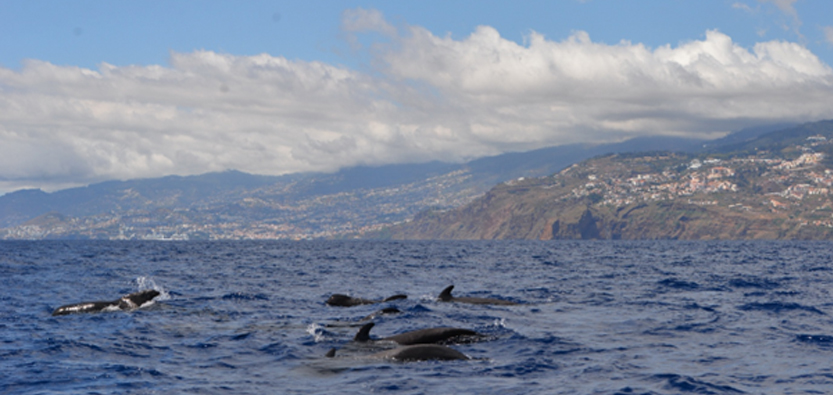
The MARVEL project is an initiative dedicated to the protection of Madeira’s marine vertebrates – including cetaceans, sea turtles, seabirds, and the Mediterranean monk seal. Drawing on scientific data and accumulated expertise, the project aims to update key information related to the Marine Strategy Framework Directive (MSFD), the Habitats Directive (HD), and the management of the Site of Community Importance (SCI) “Cetaceans of Madeira.”
Through statistical power analyses, MARVEL seeks to optimize monitoring efforts, ensuring the efficient use of resources to refine estimates and address data gaps, such as those concerning turtle entanglement in marine debris. To maximize the outcomes of field campaigns, biopsies will be collected from rare and endangered cetacean species to complement existing samples and support future genetic studies, which are crucial for conservation initiatives.
Human activities have a significant impact on local marine ecosystems. The MARVEL project assesses these effects by analyzing habitat use by target species alongside mapping human activities. This knowledge will be essential to support Marine Spatial Planning, ensuring its alignment with conservation objectives.
The project also places strong emphasis on communication and awareness-raising, engaging maritime-tourism operators and recreational boat owners on current regulations regarding marine vertebrate observation (MVO). In parallel, the Educational Unit of the Madeira Whale Museum (MWM) will be mobilized to engage younger generations in the conservation of marine biodiversity.
PROJECT FACT SHEET
CODE
6172
TITLE
Madeira: Advancing in Regular Vigilance of the Environment and Legislative compliance (MARVEL)
MAIN OBJECTIVE
To promote the conservation of marine biodiversity in Madeira through targeted monitoring actions, active stakeholder engagement, and knowledge-based management that ensures the sustainable development of ecosystem services.
TOTAL COST
€ 113097.80
PARTNER COST
€ 113097.80
ELIGIBLE COST
€ 99786.19
PARTNERS
IFCN (Instituto das Florestas e Conservação da Natureza)
CO-FINANCING
€ 13311.61
SPECIFIC OBJECTIVES AND JUSTIFICATION
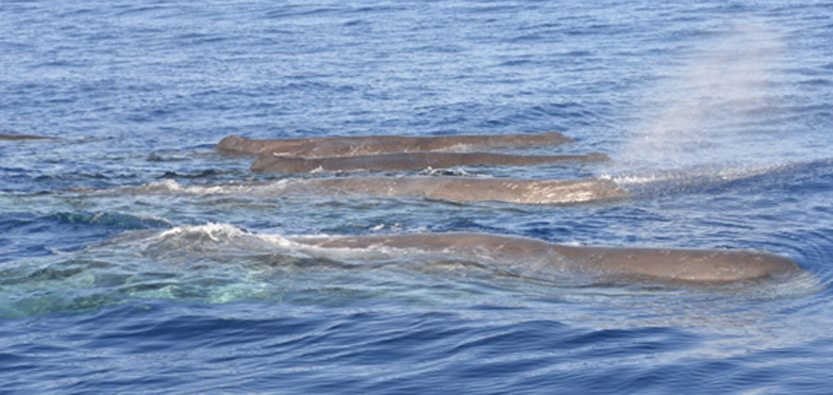
Specific Objectives
1 - Implementation of a long-term monitoring programme for marine vertebrates;
2 - Reduction of disturbances to marine vertebrates caused by human activities;
3 - Support for local authorities in enforcing marine vertebrate protection measures.
Rationale / Project Justification
Marine Protected Areas (MPAs) in Madeira were established primarily to safeguard coastal habitats and species of conservation concern under the Habitats and Birds Directives. These areas support diverse communities, including fish species, the Mediterranean monk seal, the bottlenose dolphin, sea turtles, and several locally breeding seabird species. The offshore MPAs, in turn, focus on the protection of highly mobile pelagic species such as cetaceans, seabirds, and turtles.
The Site of Community Importance (SCI) “Cetáceos da Madeira,” which extends up to 12 nautical miles around the archipelago, represents a key instrument for the conservation of marine vertebrates. Nevertheless, its extensive coverage poses significant challenges for surveillance, management of human activities, and monitoring of species’ conservation status. Within this context, the MARVEL project aims to foster sustainable practices that reconcile marine biodiversity conservation with the socio-economic interests of local communities, in alignment with the objectives of the Global Biodiversity Framework.
The Habitats Directive, developed with the scientific understanding available at the time, does not fully address the conservation needs of Madeira’s marine fauna. Several species listed as priorities are either common or absent in the region, while cetaceans with restricted Macaronesian distributions and globally threatened species remain largely unconsidered. Similarly, no Key Biodiversity Areas have been defined for cetaceans or sea turtles, despite their ecological relevance. Threats such as longline fisheries and marine debris have been observed but remain insufficiently quantified.
The high mobility of cetaceans and the lack of sustained funding have hindered long-term monitoring and the estimation of population trends, while baseline data for sea turtles are still lacking. This highlights the urgent need to establish continuous monitoring programmes to assess demographic changes, conservation effectiveness, and emerging pressures such as offshore wind farms, marine traffic, and maritime wildlife watching.
Knowledge gaps persist for baleen and rare cetacean species in the North Atlantic; MARVEL will contribute by collecting biopsy samples to support population assessments. The regional maritime spatial plan (PSOEM) shows overlaps between planned activities and critical habitats, with varying potential impacts. MARVEL will therefore develop mitigation solutions to minimise pressures from marine traffic and wind energy development.
Particular attention will be given to noise impacts on deep-diving cetaceans, especially beaked whales, for which current mitigation techniques are often ineffective. MARVEL will promote evidence-based guidance to reduce these impacts during construction and operation.
Drawing from PANORAMA case studies, MARVEL aims to strengthen institutional capacity, foster community engagement, and promote responsible coexistence between human activities and marine biodiversity, ensuring the long-term sustainability of Madeira’s marine ecosystems and associated socioeconomic benefits.ACTIONS
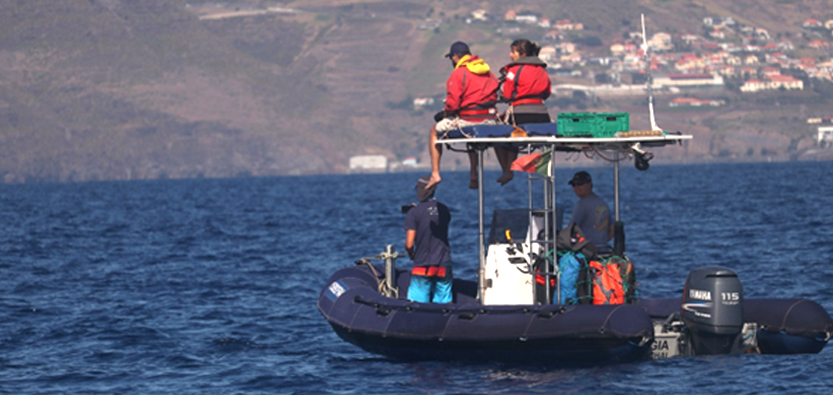
A1.1.1: Development of an Effective Monitoring System
Building on lessons learned from previous photo-identification campaigns conducted by the Madeira Whale Museum (Cetáceos Madeira II, MSII), statistical power analyses will be applied to refine the monitoring effort required to effectively assess marine vertebrates during the MARVEL project.
A1.1.2: Implementation of Monitoring for Conservation Purposes
a. Population abundance will be estimated using MBM historical data, opportunistic records, and MARVEL photo-identification campaigns, applying the Robust Design (RD; Pollock, 1982) methodology.
b. Population demographic parameters, such as survival rates, will be derived from RD-based photo-identification data.
a. Mortality from accidental bycatch.
b. Body condition of entangled individuals.
a. Mortality from bycatch.
b. Population abundance estimates derived from historical data (Freitas, 2024).
a. Spatial distribution of cetaceans and turtles, modeled using spatial modeling techniques (Freitas, 2024) based on group locations and sizes in relation to spatial and environmental variables. A minimum number of sightings will be required for reliable models. Historical data will be used for rare species such as beaked whales and sperm whales.
A1.1.3: Collection of Samples from Protected and Threatened Species to Promote Their Conservation
The collection of biopsies from rare and endangered species will enable future genetic studies — a significant contribution given the limited knowledge on population structure in the oceanic waters of the Atlantic.
A2.1.1: Monitoring and Analysis of Human Activities
1 - Record the anthropogenic presence in the study area by quantifying vessels engaged in various activities, including fishing, trawling, recreation, military, cruise ships, ferries, sailing vessels, MVO, and other tourism boats.
2 - Identify risk areas for marine vertebrates based on local patterns of human activities.
3 - Identify critical resting and feeding areas for sensitive species.
A2.1.2: Strengthening the Effectiveness of the SCI “Cetaceans of Madeira”
1 - Develop and test solutions to enhance surveillance of MVO activities. The activity within the SCI is currently regulated by management zones, including an exclusion zone where active cetacean observation is not permitted. Within MARVEL, the following actions will be implemented:
2 - Analyze legal compliance to inform site managers. Data collected under MARVEL and previous MBM projects will be used to assess current compliance levels, their evolution over time, and differences between vessel types or areas of lower compliance.
3 - Estimate seabird disturbance caused by non-compliance and promote awareness among sea users regarding the importance of adhering to regulations.
3 - Develop and test an effective surveillance system for the exclusion area, in collaboration with IFCN. Both institutions will share expertise to strengthen the capacity of nature wardens responsible for enforcing MVO regulations.
4 - Propose and test measures to minimize the potential impact of maritime traffic within the SCI “Cetaceans of Madeira.”
5 - Propose mitigation measures to reduce potential impacts from emerging activities (e.g., offshore wind farms) on marine vertebrates.
A3.1.1: Engagement of Local Stakeholders
Foster collaboration and knowledge exchange among stakeholders representing legal, management, biological, and business perspectives:
1 - Propose improvements to current legislation governing commercial marine vertebrate observation, identifying implementation challenges.
2 - Conduct meetings with MVO operators to understand their perspective on law enforcement and address identified issues and gaps.
3- Organize workshops with managers, legal experts, and enforcement authorities using decision-support tools and frameworks.
4 - Carry out awareness-raising actions targeting licensed and unlicensed maritime-tourism operators and recreational boat owners regarding existing MVO legislation.
5 - Improve conservation and monitoring effectiveness through collaborative approaches. Meetings with IFCN and DRPM will be held to:
a. Present MARVEL results, including updated abundance estimates and demographic characteristics, for upcoming MSFD (DRPM) and HD (IFCN) reporting cycles.
b. Organize joint meetings/workshops among IFCN, DRPM, and MBM to explore synergies in developing a coordinated monitoring programme for the surveillance of the SCI “Cetaceans of Madeira” (HD) and the PTAMA-MO-D1-MM-ST under the MSFD.
c. Define an evidence-based approach to support administrative decision-making processes concerning the management, development, and implementation of ecosystem services.
A3.1.2: Communication and Dissemination
MARVEL’s communication strategy will target three main audiences: public administrations (regional and national), key stakeholders (MVW operators, and recreational and professional boating sectors), and the general public, including students and local communities. Communication methods and channels will be tailored to each audience to ensure effective outreach and engagement.
2 - Project partners will use their social media platforms to share updates and maintain public engagement.
3 - Press releases will be issued to announce key milestones.
4 - Educational outreach will include an MBM-developed programme for at least 60 school classes of various age groups, and the potential integration of MARVEL’s outputs into the museum’s permanent exhibition. Project findings will also be presented at a minimum of two national or international conferences and disseminated through at least one draft scientific paper submitted to a peer-reviewed journal.
5 - A consistent visual identity will be developed for MARVEL.EXPECTED RESULTS
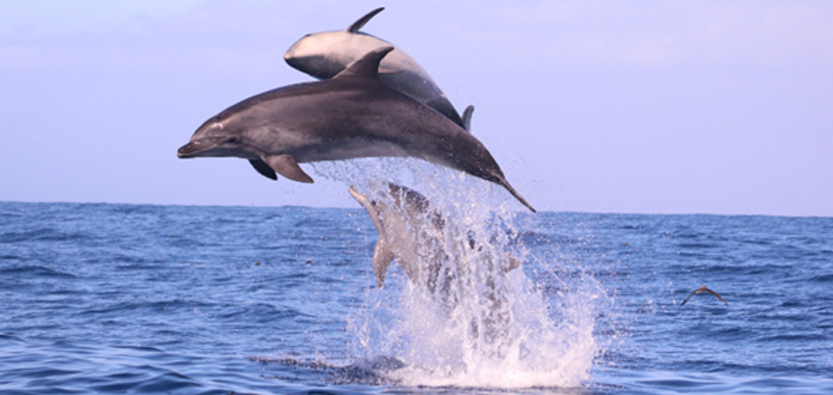
1 - Improved knowledge of the distribution, abundance, and demographic parameters of cetaceans and turtles.
2 - Sustainable development and operation of ecosystem services.
3 - More effective protection of marine vertebrates.
























